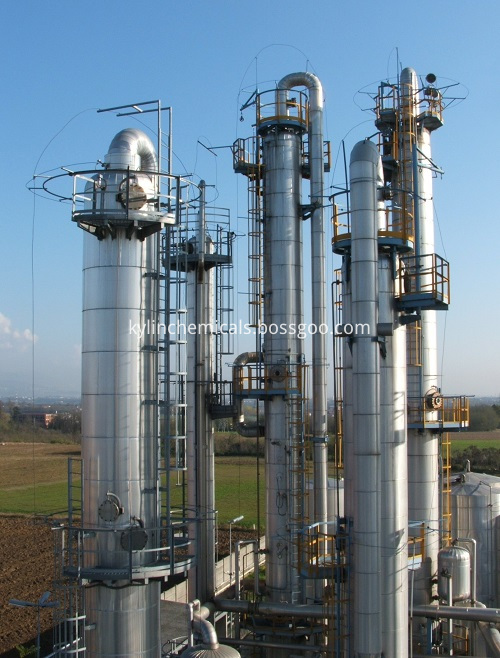How to grow tomatoes in greenhouses? Planting technology of greenhouse tomatoes
1. Selection of greenhouse tomato varieties
Early-maturing high-yield varieties with low temperature resistance, low light resistance and strong disease resistance should be selected.
2. Cultivate the appropriate age
The maturity and seedling style of the variety are different, and the suitable seedling age is different. Early-maturing varieties, greenhouse-free seedlings need 55-60 days; greenhouse heating line heating seedlings and warming greenhouse seedlings 60-65 days; solar greenhouse seedlings 65-70 days. The suitable seedling age of mid-late maturing varieties is increased by 5-10 days compared with early maturing varieties. The sowing date of greenhouse tomatoes is calculated based on the safe planting date of the local spring plastic greenhouse cultivation of tomatoes, that is, the date obtained by subtracting the appropriate seedling age from the planting period is the suitable sowing date. After sowing, the temperature in the greenhouse is controlled at 28-30 °C during the day, not lower than 20 °C during the night, and the soil temperature of 5 cm deep is maintained at about 25 °C. When the first true leaf grows out, to prevent the seedlings from growing, it is necessary to lower the bed temperature appropriately.
3. Timely transplanting
The greenhouse cultivation of tomatoes has a long growth period, high yield, and the base fertilizer must be applied. Before transplanting, Daejeon should do hoeing or ridges and cover the membrane. The transplant time should be done in a timely manner, and do not lose the purpose of early maturity cultivation in the greenhouse. The specific transplantation time should be determined according to the temperature change in the greenhouse, whether there is a front crop and the level of coverage in the greenhouse. Generally, the minimum temperature in the greenhouse is stable at 4 ° C or higher in the night, and the soil temperature can be transplanted at a stable temperature of about 10 ° C. The species may be planting density, 5,000 mu early maturing varieties, cooked varieties 4000, 3000 maturing varieties.
4. management after transplanting
Early transplanting to the main cold insulation. In case of cold wave, it is necessary to use a multi-layer cover such as a small arch shed or a sky curtain, and the grass curtain around the greenhouse is cold-proof. After the slow seedlings, the temperature in the greenhouse is maintained at 25-28 °C during the day, the maximum temperature is not more than 30 °C, and the temperature is maintained above 13C at night. As the external temperature rises, the amount of air release is increased, the air release time is extended, the wind is released early, and the wind is closed at night. After entering the middle of May, it is necessary to start to release the wind. Try to control the daytime to not exceed 26 °C, and the nighttime does not exceed 17C.
In the early stage of transplanting tomatoes in greenhouses, watering must be controlled to prevent tomato stems and leaves from growing and promoting root development. After the first inflorescence is placed, 30 kg of compound fertilizer is applied per acre, and water is poured once. When the topsoil is slightly dry, the soil is plucked (except for mulching). After the second and third inflorescences, the water is poured once. Irrigation should be carried out on a sunny morning. After irrigation, the wind should be strengthened to reduce the humidity in the shed. Excessive humidity in the shed is prone to various diseases.
The method of pruning tomatoes in greenhouses generally adopts single-dry pruning, and can also be improved by single-drying. The infinite growth type can leave 3-4 layers of fruit topping, and the limited growth type can leave 2-3 layers of fruit topping, and remove the excess in time. Side branch. Combine the whole branch with the vines to remove the lower old leaves, diseased leaves, and carry out the flowering and fruit. Tomatoes in greenhouses can be supported by plastic ropes or with bamboo poles. For example, the shelf is generally a fence frame.
In order to prevent falling flowers and fruits, artificial flowering (vibration plants or inflorescences) is carried out at the same time as the environmental conditions such as temperature and moisture are strengthened during the flowering period, and the flowers are treated with tomato spirit or 24-D fruit.
5. Pest control
Tomato diseases in greenhouses mainly include late blight, gray mold, leaf mold, virus disease, early blight, etc. The main pests are aphids, whitefly, cotton bollworm, etc.
6. Harvest
The harvesting period of greenhouse tomatoes varies with climatic conditions, temperature management, and variety. Generally, from flowering to fruit ripening, early-maturing varieties are 40-50 days, and medium-maturing varieties are 50-60 days. After the fruit is whitish (white ripening period), it can be artificially ripened by ethephon. It is generally harvested and marketed during the fruit color change period.
Kylin Chemicals have been engaged in the research & manufacturing a selected range of Chemical Intermediates & specialties for over one decades,such as hydroxylamine sulfate.
We have the expertise in manufacturing high quality Aromatic Hydrocarbons specialties, serving our customers worldwide in the field of pharmaceuticals, agrochemicals, organic synthesis and coatings, etc. Our main aromatic hydrocarbon product include 2,3-Dihydroindene, Decahydronathalene, Tetrahydronaphthalene, Carbazole, Acenaphthene and Phenanthrene,1 2 3 4-tetrahydronaphthalene, etc.

Our manufacturing base have the advanced DCS operated hydrogenation & rectification facilities, effective quality-control systems, and a very professional technical team, assuring the quality, stability and sustainability to meet/exceed our customers` needs.
Aromatic Hydrocarbons & Specialties
Aromatic Hydrocarbons, Intermediates & Specialties,Advanced Intermediates,Chemical Intermediates,Chemical Specialities
Kylin Chemicals Co., Ltd. , http://www.kylin-chemicals.com